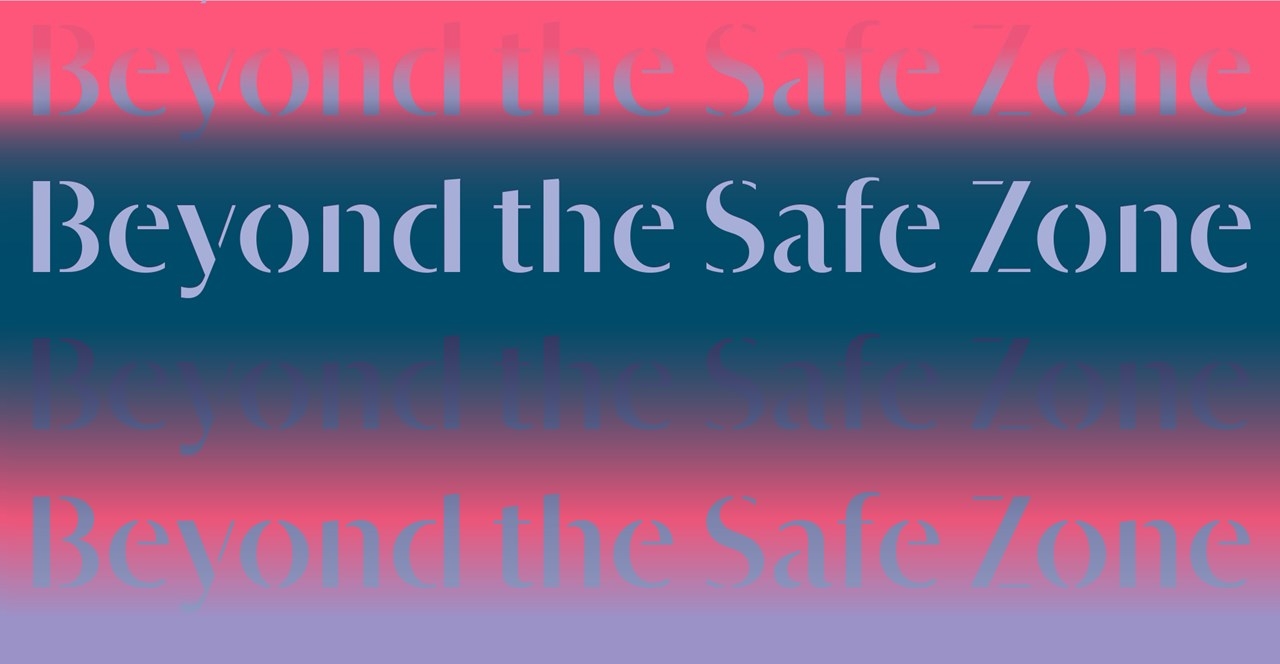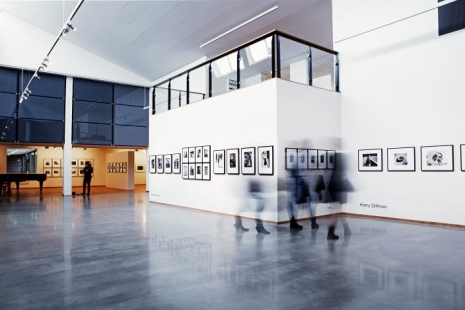The artworks in Beyond the Safe Zone are rooted in various types of conflict and uncertainty, but look beyond the limited concept of the “safe zone”.
The need for protection and security is universal and is reflected in how the concept of “safe zone” is used in a wide range of contexts, from military and humanitarian operations to activism and education. The issue of safety is about more than physical protection; it can also mean creating places for community, healing and resistance – zones where marginalized groups can operate without threat or violence.
The home, which should be a safe place, can instead become an environment where the individual’s needs and identity collide with the expectations and norms of the environment. When the structures we are expected to rest in prove to be controlling, dysfunctional or toxic, people develop strategies for resistance: escape, mental protection mechanisms or actively creating their own spaces for liberation.
Even at a societal level, there is a dual relationship to security. In security policy, “safe zones” are often used to describe protective zones intended to protect civilians from war, violence or persecution. These zones, established by international bodies such as the UN or by military forces, are, however, strangely not covered by international humanitarian law, which underlines their lack of protection.
But what happens when the very concept of “safe zone” is transformed into its opposite? Philosopher Achille Mbembe describes how “safe zones” can instead become “death zones.” Necropolitics refers to how political decisions continually determine who gets to live and who gets to die, where the right to life is governed by control over resources. When a state of emergency is declared, laws are also suspended, people are stripped of their ordinary rights and risk being subjected to arbitrary control. These radically dehumanized places – such as war zones and refugee camps – are not only areas where the state fails to protect its citizens, but where it often actively contributes to their vulnerability.
Against this background, the establishment of safe zones therefore raises both moral and ethical questions. Who is allowed access and who is excluded? What rights are granted within these zones and who is deprived of their basic rights? For some, a “safe zone” can mean security, while for others it becomes a tool for exclusion and control.
This is in direct opposition to what safe zones are supposed to be, and can paradoxically undermine international protection laws such as the right to asylum and the principle of non-refoulement. At the same time, fear of change can be used as a subtle means of power to preserve existing structures and control what is perceived as threatening or alien. What appears as security for some can become a mechanism of exclusion and control for others.
But in the same spaces where fear is used to limit freedom, resistance and opportunity also arise. For some, resistance means creating their own spaces where their existence and identity can flourish in peace. Others argue that these own spaces, which are truly needed for marginalized groups to feel safe, become even more powerful if they open doors to “trading zones” with other groups. Places where ideas, experiences and expressions meet and exchange. Where mutual exchange, rather than isolation, creates new ways of thinking, living and coexisting.





